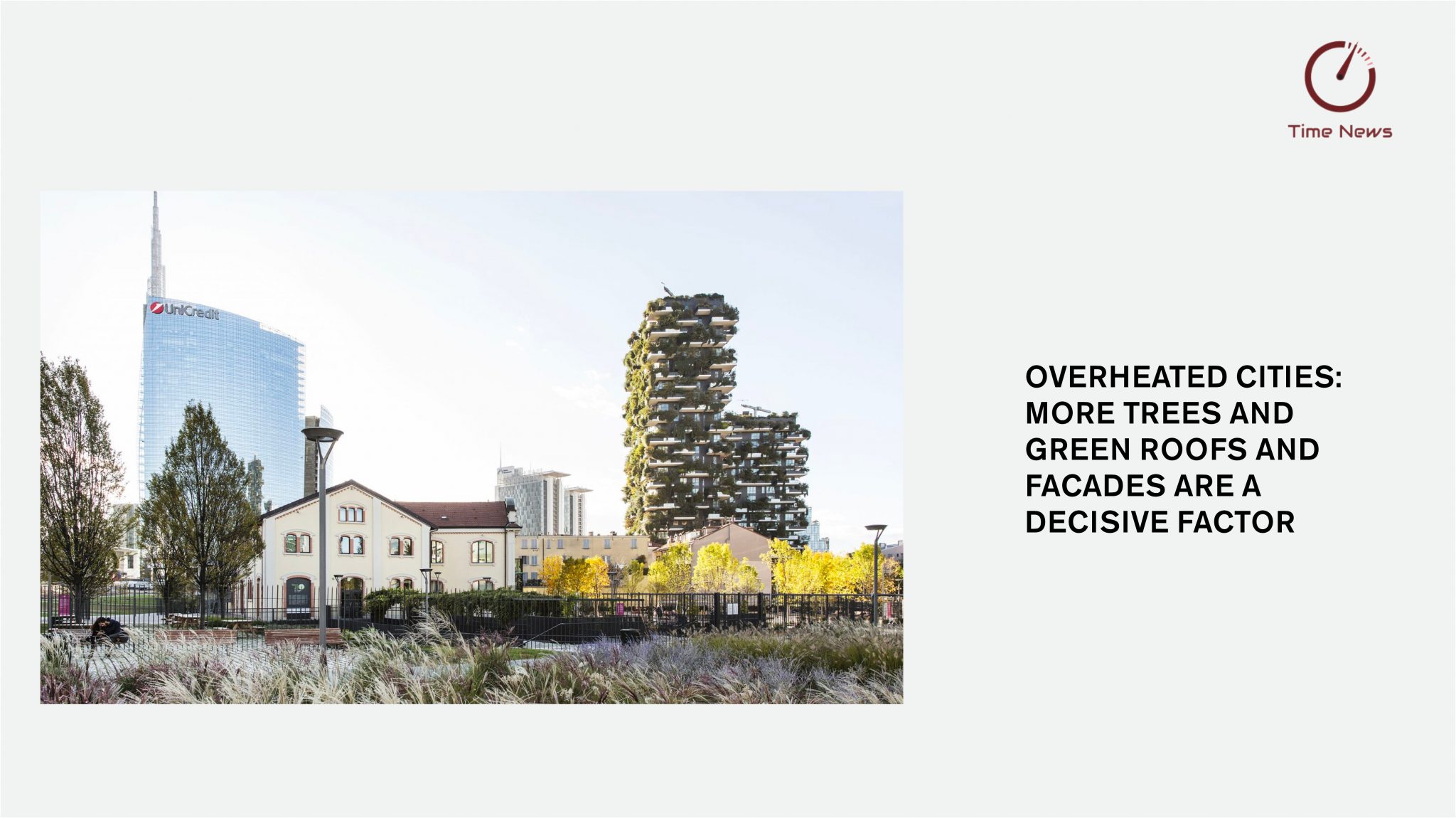
On the Time News website, an article entitled Overheated cities: More trees and green roofs and facades are a decisive factor, focuses on the heat island effect in urban environments and the mitigating role of vegetation in shading cities, citing the Bosco Verticale in Milan, a project by Boeri Studio, as a virtuous architectural example of integrating living nature.
Cities are the origin of climate change, as they are responsible for at least 75%-80% of CO2 emissions, but they are also its victims, and integration with living nature is not just a choice, but an urgent matter: more trees mean more shade and lower temperatures, as well as absorption of carbon dioxide and fine dust particles.
The Bosco Verticale, with its 800 trees (480 first and second size trees, 300 smaller ones), 15,000 perennials and/or ground cover plants and 5,000 shrubs, is a model of urban forestation that puts the vegetal component at the centre, improving liveability for users: it has been calculated that the presence of trees helps to reduce the temperature on facades by about 30 degrees centigrade and, inside flats, contributes to a reduction of 2-3 degrees with respect to the outside temperature, thus also reducing air conditioning costs.
To read the full article: https://time.news/overheated-cities-more-trees-and-green-roofs-and-facades-are-a-decisive-factor/
